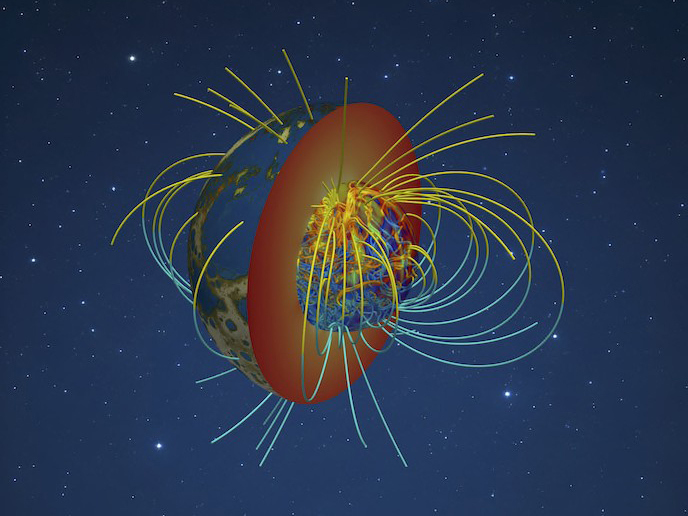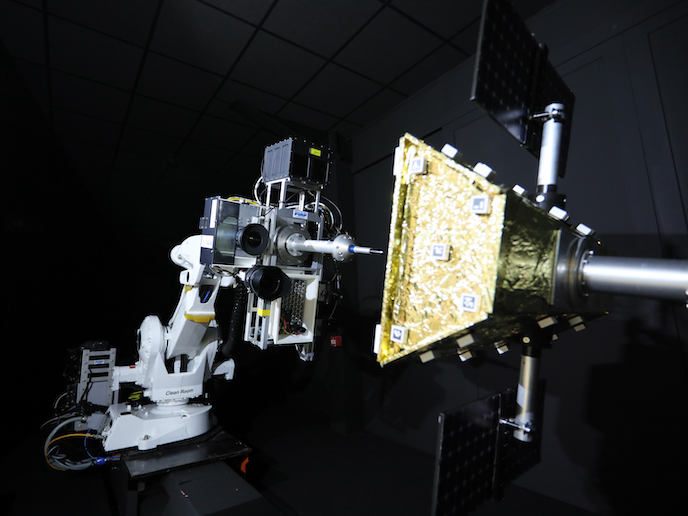Unravelling the mysteries of magnetic fields
Our planet is surrounded by a magnetic field – a field that protects us from harmful radiation and likely plays a vital role in the development of life. Yet despite the critical role that magnetism plays, we still know very little about how it is generated and sustained. The EU-funded UEMHP(opens in new window) project intends to change that. Using state-of-the-art computer simulations, the project set out to shed new light on how the dynamo mechanism inside planetary cores generates the magnetic field. “In doing so, we aim to not only determine how the magnetic field changes over time, but be able to predict what the future holds,” says Andrew Jackson(opens in new window), a researcher at ETH Zurich(opens in new window). The project received support from the European Research Council(opens in new window).
Minimising the effects of viscosity
To achieve its goal, the project looked to correct a critical flaw in current computer simulations. “Today’s simulations grossly overstate the impact viscosity has on the dynamo mechanism,” explains Jackson. In geophysics, viscosity is what makes the Earth’s core extremely runny, while the dynamo mechanism is what generates and maintains the magnetic field. To bring physics in line with the true Earth, the project created two supercomputer calculations, one that minimises the effects of viscosity and another that omits it entirely. “This latter approach has never before been successfully implemented and has been a major challenge for geophysics since 1963,” adds Jackson “We created the first ever prototype models that show the value of this approach.”
Magnetism in the past, present and future
With these calculations in hand, researchers were able to summarise the generation of magnetism in the early Earth. During this period, the inner core was crystalised and the magnetic field was generated entirely by the cooling of the planet. “By demonstrating the correct regime of fluid physics, this simulation opens the door to being able to replicate magnetic reversals – a process that has happened several thousands of times here on Earth but has yet to be properly calculated,” notes Jackson. Researchers further hope to use these calculations to learn more about the magnitudes of magnetic fields and how the Earth dissipates energy. They also intend to leverage their work to research the sun and such planets as Jupiter and Saturn. “Our work has redefined how we understand the Earth’s magnetic history, processes – and future,” concludes Jackson. Jackson’s collaborative work is reported in an article set to be published in ‘Nature’ online later this year.







